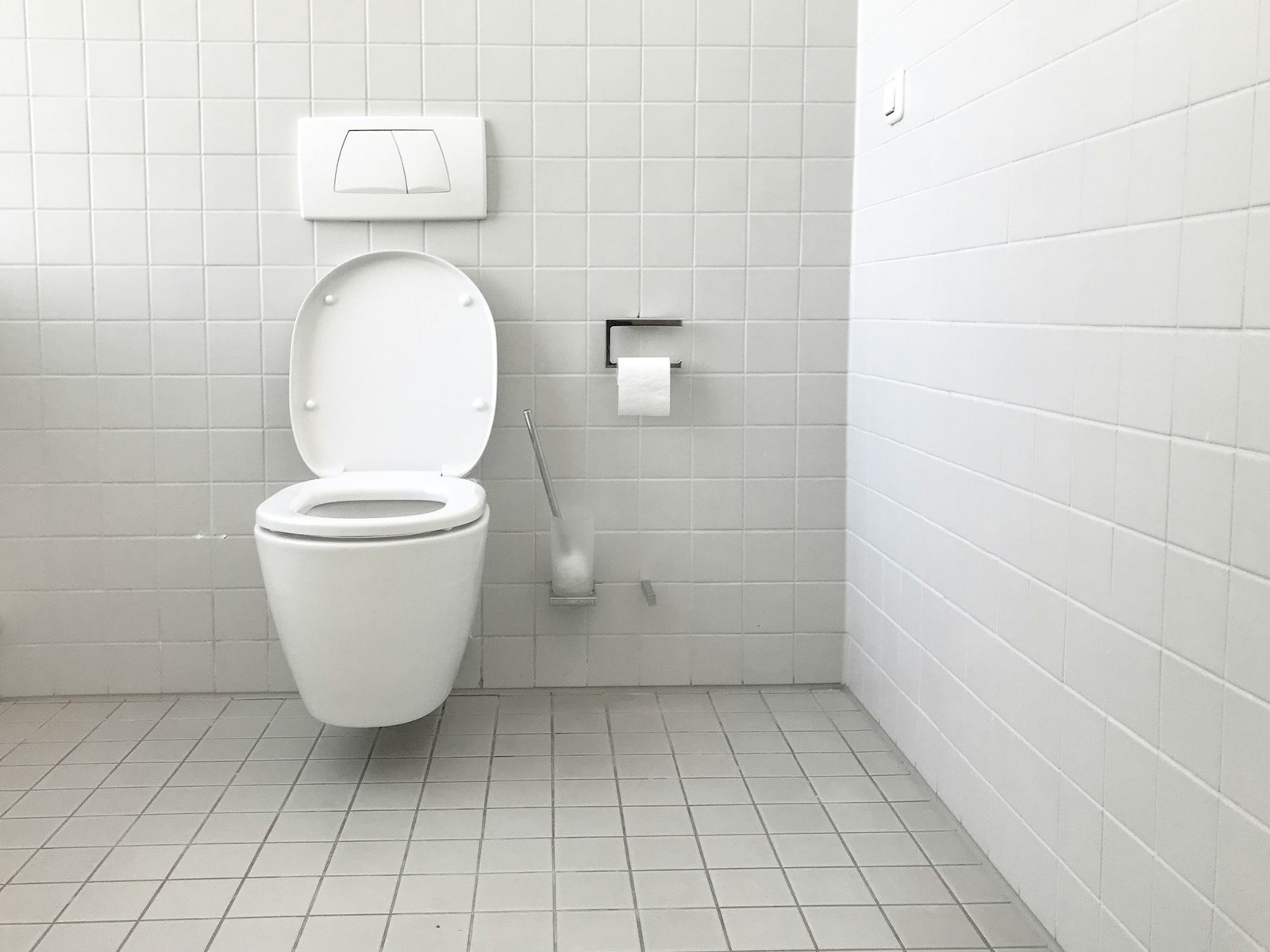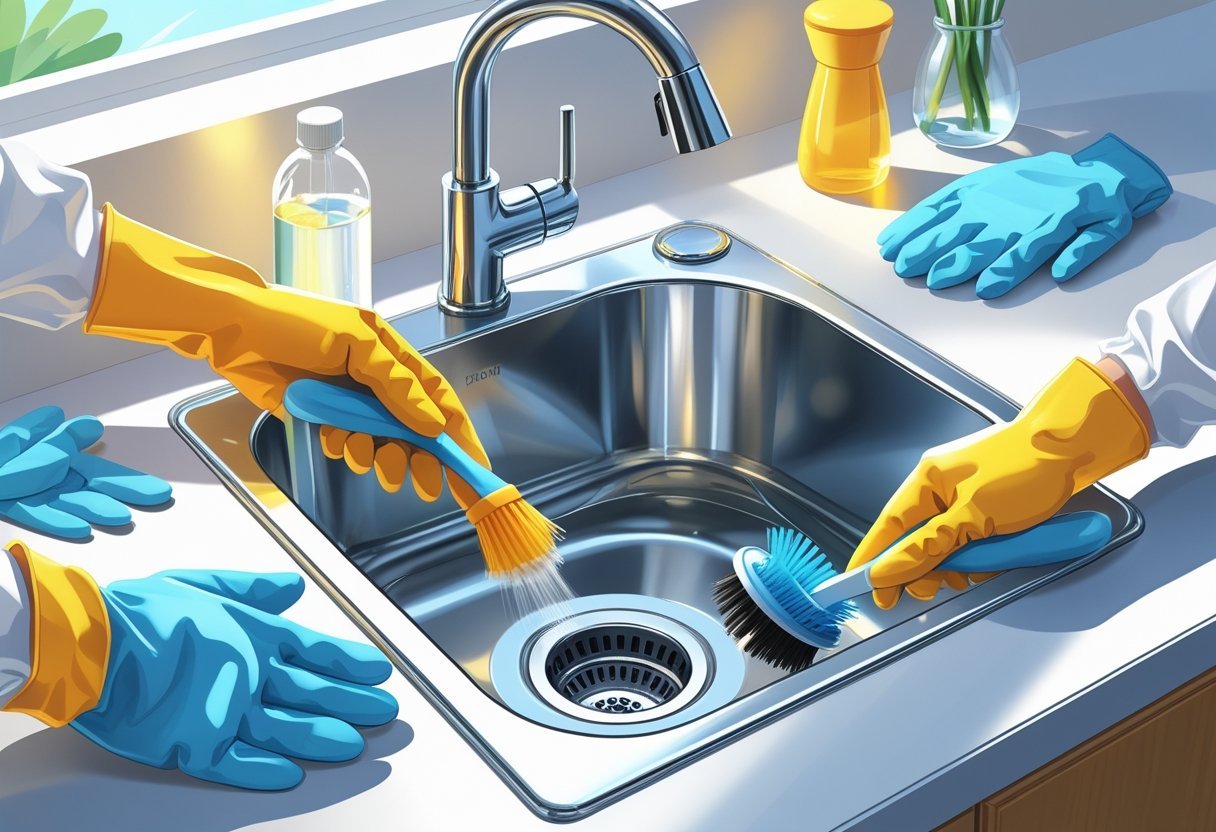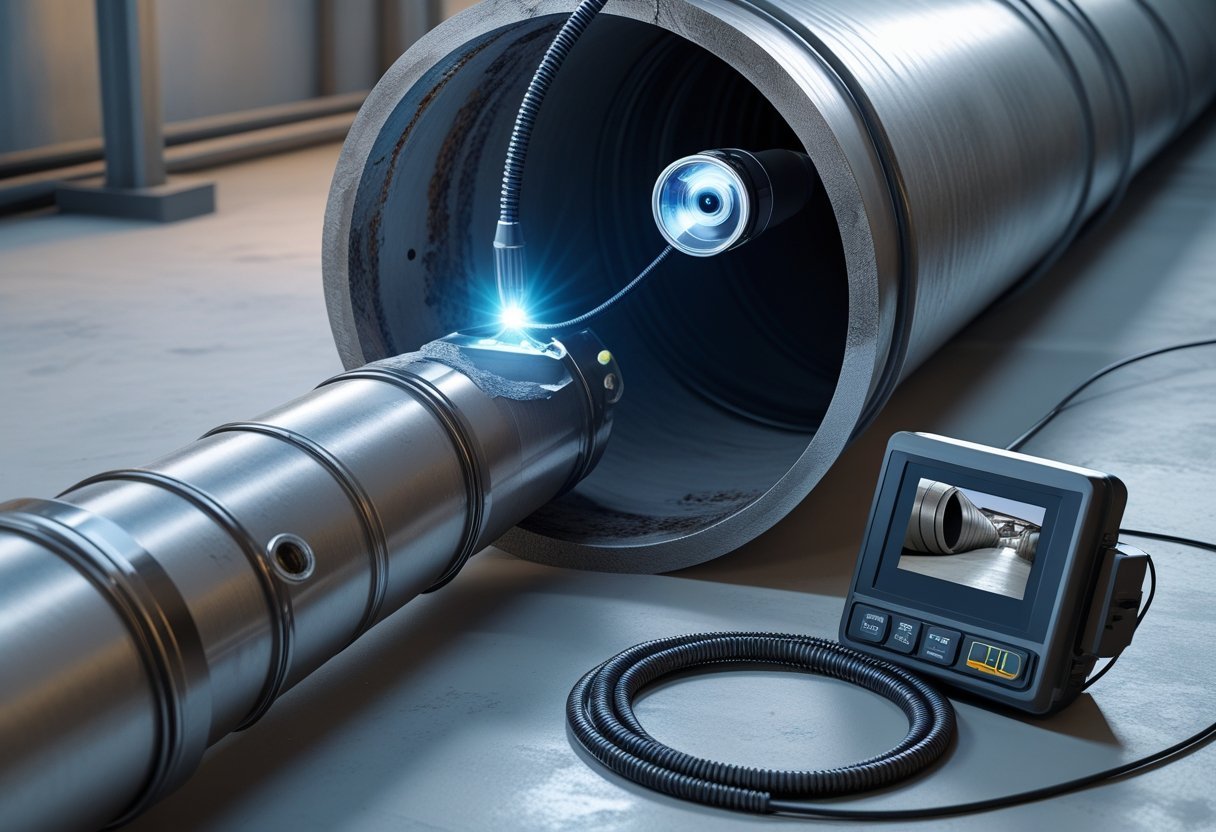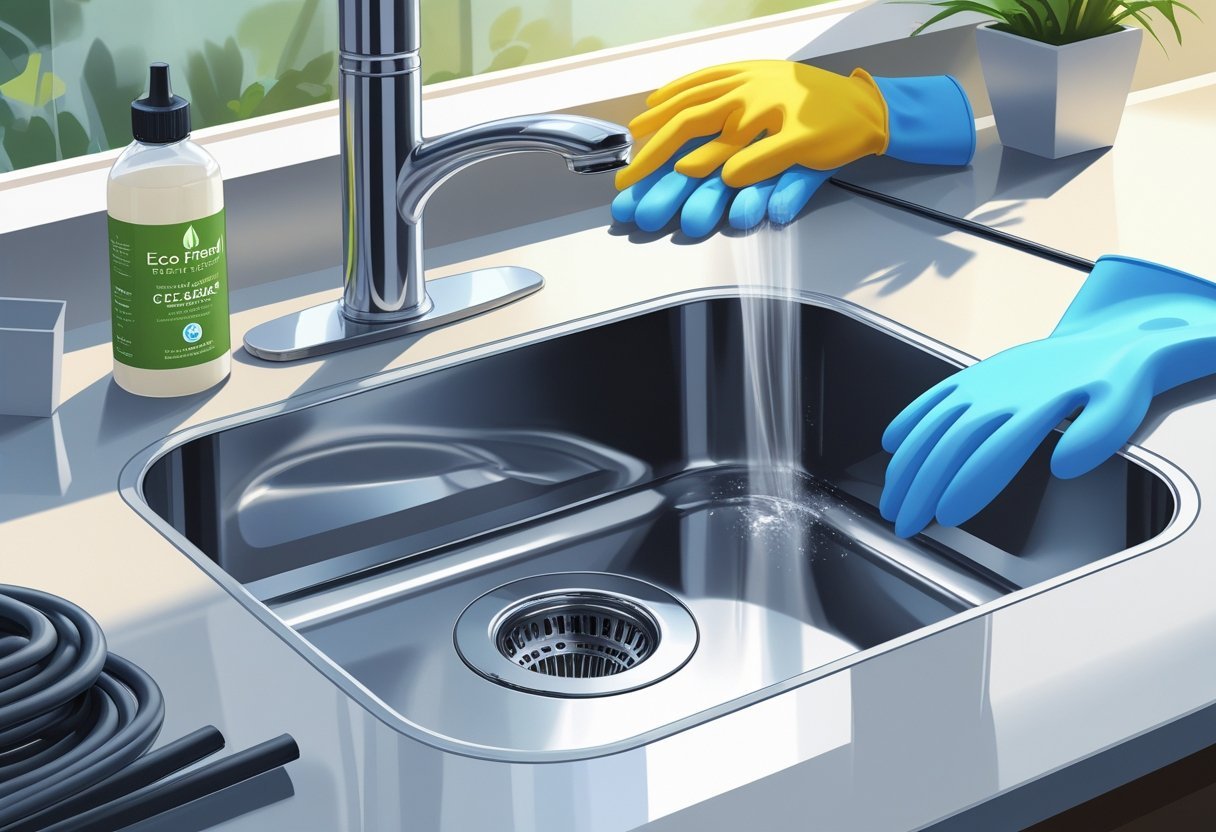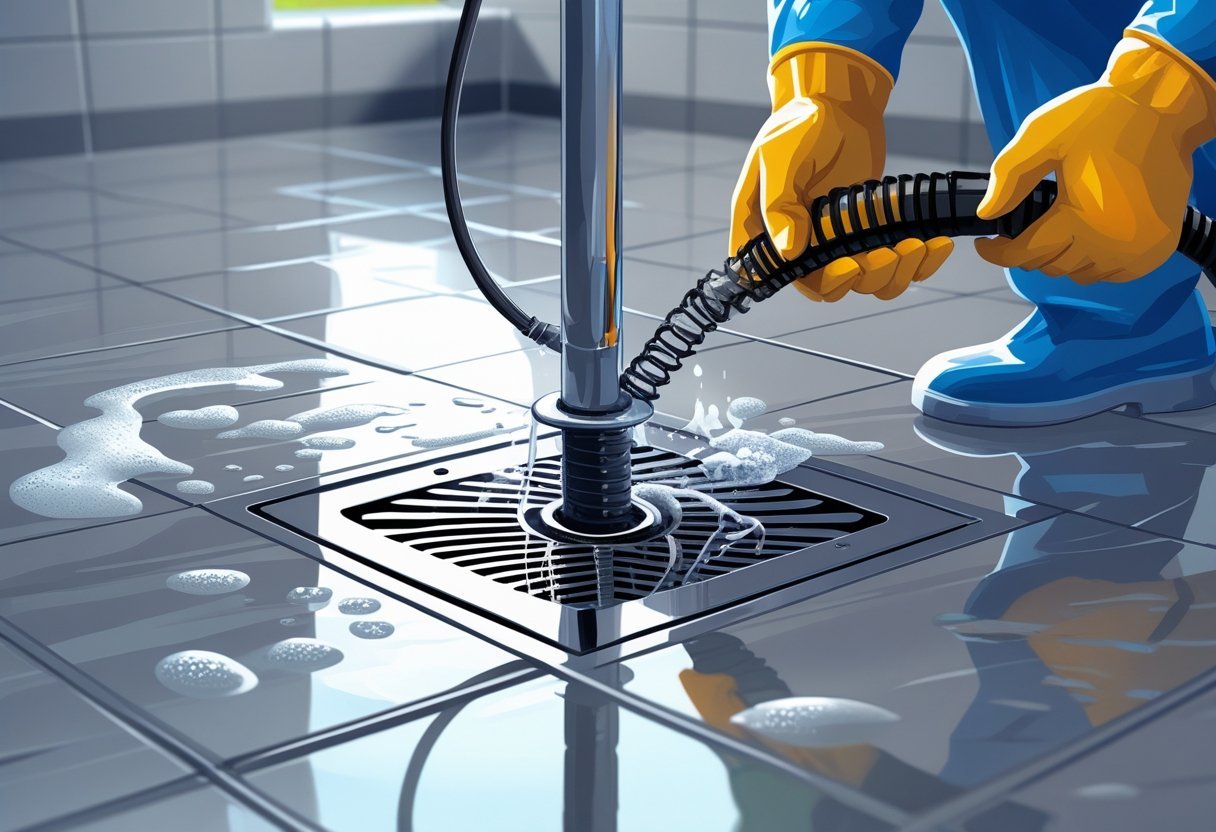Draining a toilet bowl might seem like a daunting task, but it’s a straightforward process that you can tackle with the right approach. Knowing how to drain a toilet can save you time and prevent messy spills when performing repairs or maintenance. Whether you’re preparing for a toilet replacement or simply want to clear out the water for cleaning, understanding the steps involved will make the job easier.
To begin, ensure you have the necessary tools on hand, such as a bucket and a plunger. Shutting off the water supply and flushing the toilet are crucial first steps in the process. If you ever find yourself in need of professional assistance, Large View Plumbing & Heating is ready to help with any plumbing issues in North Shore, Massachusetts.
By following a step-by-step guide, you can confidently drain your toilet bowl and tackle any renovation or cleaning project. This essential skill not only helps maintain your bathroom but also prepares you for any plumbing challenges you may encounter.
Preparation Steps Before Draining the Toilet Bowl
Before draining your toilet bowl, it’s essential to take specific preparation steps. This ensures the process is effective and minimizes mess. Follow these detailed instructions to get ready for the task.
Turn Off the Water Supply
The first step is to turn off the water supply to the toilet. Locate the shut-off valve, usually found on the wall behind the toilet or near the base of the tank. Turn the valve clockwise until it stops to prevent water from flowing into the tank.
Next, remove the toilet tank lid carefully and set it aside to avoid any damage. With the water supply shut off, flush the toilet to empty as much water as possible from the bowl and tank. This step minimizes the water left in the bowl, making the process easier. It’s crucial to ensure that water cannot refill the tank during the draining process.
Gather Necessary Tools and Materials
Having the right tools and materials on hand will streamline your work. Gather the following items:
- Rubber gloves: Protect your hands while handling the toilet.
- Towels: Keep these nearby to manage spills and drips.
- Bucket: Use this to catch any residual water during the process.
Make sure everything is easily accessible before you begin. This preparation will help you avoid interruptions once you start draining the toilet. Large View Plumbing & Heating recommends having these items on hand, especially if unexpected leaks occur.
Protect Surrounding Area
To prevent any potential mess when draining the toilet, protect the surrounding area. Lay down towels or absorbent cloths around the base of the toilet to catch any water that may spill.
If you have flooring that could be damaged by water, consider placing a plastic sheet or old newspaper under the toilet area for extra protection. Additionally, make sure to have your bucket positioned to catch any residual water you might need to remove. Taking these precautions will ensure a cleaner and safer draining process.
Draining the Toilet Bowl Using Standard Methods
Draining a toilet bowl effectively requires a few straightforward techniques. You’ll be able to remove most of the water quickly and tackle any residual moisture to prepare for cleaning or repairs.
Flush the Toilet to Remove Most Water
Begin by flushing the toilet to eliminate the bulk of the water in the tank and bowl. This action helps lower the water level significantly. Ensure the toilet is connected to the water supply beforehand. Next, turn the knob on your supply line counterclockwise to stop the water flow.
After the flush, check the bowl; you may need to repeat the flush if some water remains. This initial step is crucial for preparing the toilet for thorough cleaning or any maintenance work. With this method, the majority of the water is out, allowing for easier access.
Manually Remove Excess Water
Once the flushing is complete, some water may still linger in the bowl. To eliminate this, you can use a container like a bucket or a hose to siphon out the remaining water. Simply place the bucket in the bowl or use the hose to draw water out, ensuring that it’s positioned correctly.
If you prefer a more hands-on approach, wear rubber gloves and scoop the water out manually using a cup. This method is particularly effective in lower water levels before proceeding to cleaning or repairs. Remove the excess carefully, watching out for spills around your bathroom.
Use a Sponge or Towels for Residual Water
After draining as much water as possible, you’ll likely find some residual moisture remaining. To capture this, use a sponge or absorbent towels. Press the sponge into the remaining water to soak it up, then wring it out into a bucket.
You can also use towels to wipe down the inside of the bowl, ensuring a thorough cleaning. Dispose of the used towels or rinse the sponge as needed. This final step will leave your toilet bowl ready for any further tasks, making it clean and manageable. For plumbing services to assist with your toilet or other needs, consider reaching out to Large View Plumbing & Heating in North Shore, Massachusetts.
Alternative Techniques for Draining a Toilet Bowl
There are a couple of effective methods you can use to drain a toilet bowl besides the conventional flushing or plunging techniques. Two of the most efficient alternatives include siphoning and using a wet-dry vac. Each method has its own set of advantages and can be executed with basic tools.
Siphoning Method
Siphoning is a straightforward process that uses gravity to remove water from the toilet bowl. To begin, gather a hose that is long enough to reach from the toilet to a nearby bucket or drain.
- Insert the Hose: Place one end of the hose into the toilet bowl.
- Create a Siphon: Suck on the other end of the hose until water starts to flow. Once it begins, quickly place the end into the bucket, allowing gravity to do the work.
- Monitor the Water Level: Keep an eye on the water level in the bowl. You may need to reposition the hose to ensure continuous drainage.
This method is effective and minimizes the mess. It’s especially useful when you don’t have access to other equipment.
Using a Wet-Dry Vac
A wet-dry vac is a powerful tool for draining large amounts of water quickly and efficiently. Here’s how to use it:
- Prepare the Vacuum: Set your wet-dry vac to wet mode. Ensure it is capable of handling liquids and that all filters are properly installed.
- Insert the Hose: Place the vacuum hose into the toilet bowl. Make sure it reaches the bottom.
- Turn on the Vacuum: Power on the vac and let it work. It will suck the water out rapidly.
Using a wet-dry vac is particularly effective if you need to drain the bowl quickly without splashing. If you need plumbing assistance, consider reaching out to Large View Plumbing & Heating for expert advice and service.
Dealing With Clogs and Blockages
Clogs and blockages can quickly turn an ordinary visit to the bathroom into a frustrating experience. Knowing effective methods to tackle these issues will ensure you’re equipped to handle most situations.
Plunging Method for Clogged Toilets
The plunging method is often the first line of defense against a clogged toilet. To perform this method, obtain a quality toilet plunger. Make sure it has a flange for better suction.
Begin by adding water to the toilet bowl if it’s low. Position the plunger to cover the drain hole, ensuring a tight seal. Begin plunging with firm, rapid thrusts.
The goal is to create pressure that dislodges the clog. You should feel resistance as the plunger works. After about 15-20 seconds, pull the plunger away to see if water drains. If it does, flush the toilet. If still clogged, repeat the process.
Unclogging With Baking Soda and Vinegar
Another effective method for unclogging a toilet involves common household items: baking soda and vinegar. Start by pouring one cup of baking soda into the toilet bowl. Allow it to settle for a moment, then add two cups of vinegar.
This combination will create a fizzing reaction that helps break down stubborn clogs. Allow the mixture to sit for at least 30 minutes. Afterward, flush the toilet to see if the blockage has cleared.
In cases where this method does not resolve the issue, you may need to consider alternative approaches. Remember, patience is key with this method, as it relies on the chemical reaction to work effectively.
When to Call a Professional Plumber
Sometimes clogs require more than just DIY methods. If you’ve tried plunging and the baking soda-vinegar combo with no success, it’s time to consider calling a professional plumber.
Persistent clogs could indicate deeper issues within your plumbing system. Relying on experts like Large View Plumbing & Heating can save you time and prevent further damage. Their experienced team understands the ins and outs of plumbing and can diagnose problems effectively.
Keep in mind that attempting more invasive methods without proper knowledge may lead to costly repairs. Trusting professionals ensures you receive quality service and solutions that last.
Maintenance and Troubleshooting Tips
Proper maintenance and prompt troubleshooting can help you keep your toilet in optimal condition. By regularly inspecting for issues and employing effective cleaning methods, you can prevent problems from escalating and ensure efficient functioning.
Inspecting the Toilet for Leaks and Damage
Start by checking the toilet for visible leaks around the base and tank. A flexible hose may be used for water supply; ensure it is not cracked or worn. Tighten any connections that are loose, as this might solve minor leaks.
Inspect the flush valve for any signs of wear. A failing flush valve can cause water to run continuously, wasting both water and money. If you notice damage, consider replacing it. Regular inspections can help identify problems early, allowing for timely repairs and minimizing water waste.
Proper Cleaning After Draining
After draining the toilet, clean the bowl and tank thoroughly. Use a non-abrasive cleaner to avoid scratching porcelain. A mixture of vinegar and baking soda is effective for tackling buildup and disinfecting surfaces.
Don’t forget to clean the drain hole. Removing debris from this area ensures proper drainage and prevents clogs. Regular cleaning helps maintain a functional toilet and reduces unpleasant odors.
Additionally, consider using a toilet brush specifically designed for cleaning the rim and under the flush holes. Maintaining cleanliness prevents scaling and can prolong the life of your toilet components.
Addressing Common Plumbing Issues
Common problems include clogs, slow draining, or strange noises. For clogs, use a plunger or a toilet auger. If these methods fail, the issue may be deeper within the plumbing system, and you might need professional assistance.
If your toilet drains slowly, inspect the drain hole for obstructions. Poor flushing could be due to a faulty flush valve or insufficient water flow.
For persistent plumbing issues, consult a professional from Large View Plumbing & Heating. Their experienced team can provide reliable repairs, ensuring your toilet operates smoothly. Regular maintenance will help you avoid recurring issues and keep your plumbing system in excellent condition.
Frequently Asked Questions
Understanding how to efficiently drain a toilet bowl involves addressing various scenarios, from routine cleaning to dealing with clogs. The following questions cover effective methods, necessary tools, and maintenance tips.
What is the most efficient way to drain a toilet bowl for cleaning?
To efficiently drain a toilet bowl for cleaning, first, shut off the water supply. Then, flush the toilet to remove most water. You can use a sponge to soak up any remaining water, transferring it to a bucket for easy disposal.
What steps should be taken to empty a clogged toilet bowl?
To empty a clogged toilet bowl, begin by shutting off the water supply and flushing to reduce the water level. Next, use a bucket or a sponge to remove any remaining water. If the clog persists, you may need to use a plunger or auger once the bowl is emptied.
Is it possible to drain a toilet bowl if I don’t have a bucket, and how?
Yes, you can still drain a toilet bowl without a bucket. Use towels to soak up the water and then wring them out into a sink or bathtub. If necessary, pour water into the bowl to create suction and help it drain.
What methods can be used to drain a toilet bowl when a plunger isn’t available?
If a plunger isn’t available, you can use a sponge or towels to soak up water. Alternatively, pour a few gallons of water rapidly into the bowl to force the water out. This method can create enough pressure to help the toilet drain.
How can one drain the toilet tank as part of the maintenance process?
To drain the toilet tank, turn off the water supply valve and flush the toilet. This action will empty the tank. You can also remove any remaining water with a sponge if needed. Regular maintenance helps ensure your toilet functions properly.
What tools are recommended for removing water from a toilet bowl?
For efficient removal of water from a toilet bowl, keep a few tools handy. A sponge is useful for soaking up water, while towels can be effective for larger amounts. Using a wet/dry vacuum is also an efficient option if available. For plumbing services, consider consulting experts like Large View Plumbing & Heating.

